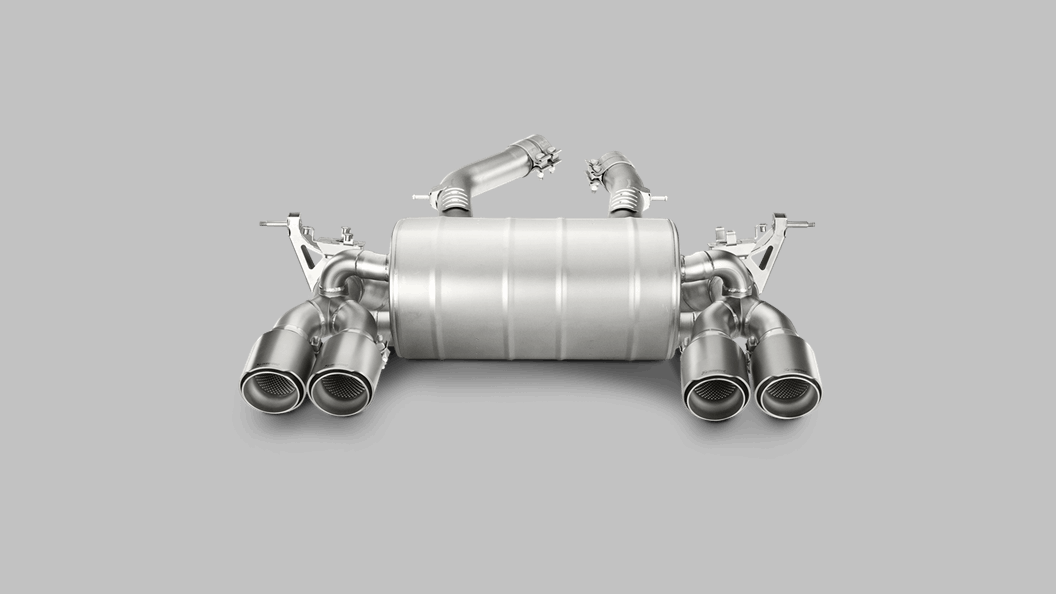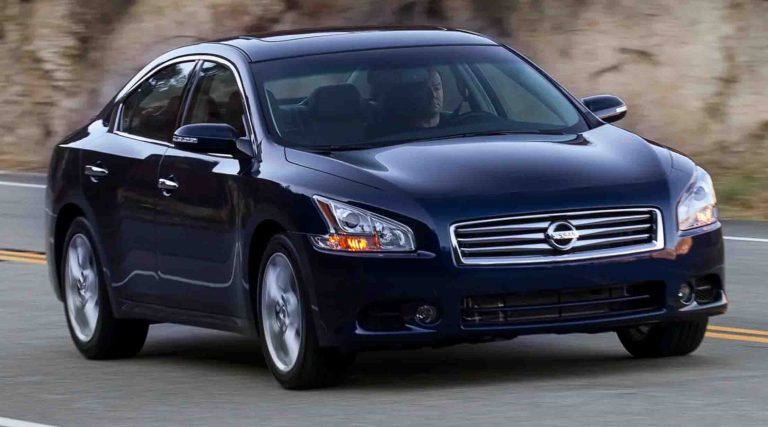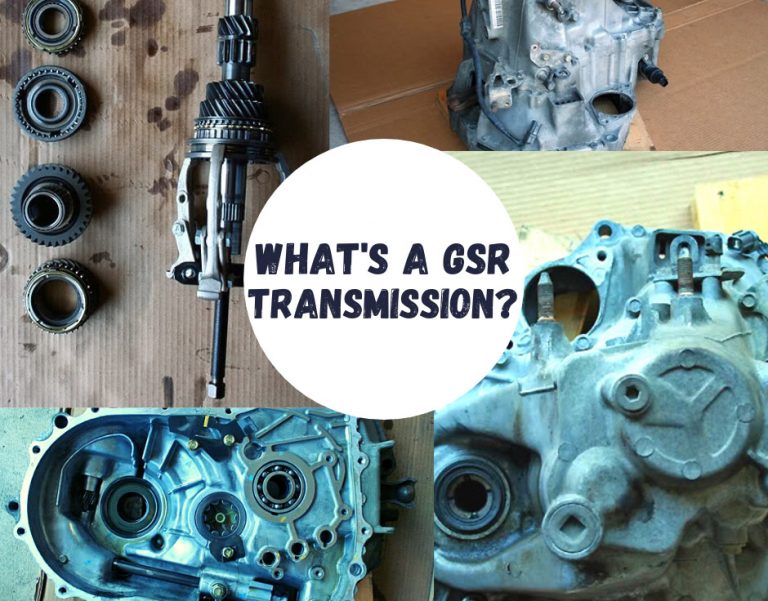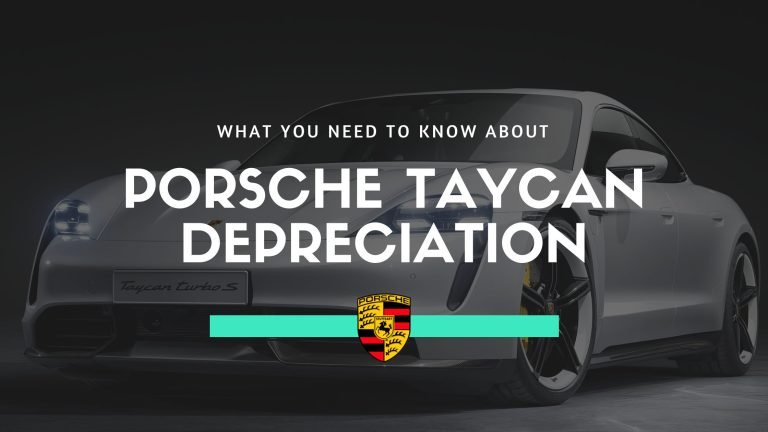What Is A Cat Back Exhaust? (Answered)
When it comes to vehicles, there are seemingly endless components and features with different names. Trying to remember all of these is no easy feat unless you’re a professional mechanic. One part you may be unfamiliar with could be what is a cat back exhaust. Unsure of what this is? Well, you’re in the right place as we are going to explain exactly what a cat back exhaust is as well as what its purpose is.
When you need a new exhaust, shopping around for a new one can be intimidating. You need to determine what type of exhaust pipe you require and whether you want one that increases your vehicle’s sound and/or power.
It seems that there is an endless list of upgrades when you’re looking to enhance your vehicle’s performance. And, this rings even more true when considering the exhaust system. If you want to upgrade your vehicle’s performance, you may be in the market for aftermarket exhaust upgrades. This is where the cat back exhaust comes into play.
But, what exactly does cat back exhaust mean? How does it change your vehicle’s performance? And, why would you want one for your car? Read on as we answer all of these questions below.
Explaining What Is A Cat Back Exhaust
A cat back exhaust refers to any part of your vehicle’s exhaust system that is located behind its catalytic converter. A catalytic converter is a device that controls exhaust emissions. It converts toxic gases and pollutants found in exhaust gases from internal combustion engines into less-harmful and toxic pollutants. This is achieved by catalyzing a redox reaction.
A cat back exhaust usually includes a pipe that is connected to the vehicle’s muffler (engine sound dampener), tailpipe, or exhaust pipes from the catalytic converter.
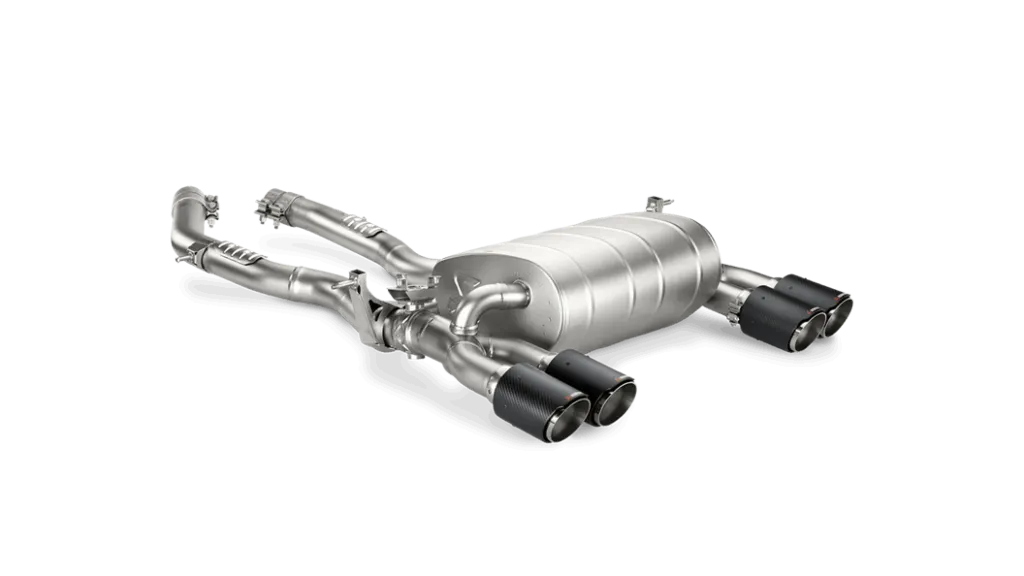
When you use the term “cat back” in the context of performance upgrades or aftermarket parts, it is used to indicate which part of a vehicle’s exhaust system it is replacing. There’s usually three key parts to an exhaust system, either a downpipe/headers at the front, that connect directly to the turbo/engine, mid-pipe and the cat-back.
Furthermore, you can purchase both single and dual exhaust cat-back systems. It doesn’t really make much of a difference which one you opt for, it’s really up to your preference or how the exhausts come out of the rear of your specific car.
Why should you use a cat-back exhaust?
Ok so there’s a few considerations here, if you’re purely looking for performance gains on your car and you’re wondering what is a cat back exhaust, then I can tell you right now, a cat back is not the most critical component you need. If power is your prime focus, you need to look at increasing exhaust gas flow at the engine, this means opting to install either headers for naturally aspirated cars or a down pipe for turbo cars.
On turbo cars, the down pipe usually contains the catalytic converter and if you want maximum exhaust flow/performance, most people choose to go for a de-cat option. This means a pipe with no cat in it at all. Before you choose this, make sure you check out what your emissions guidelines in your country/state as doing this is considered illegal in some areas as you’re essentially increasing your cars harmful emissions into the atmosphere. To reap the full benefits of upgrading the downpipe/headers a tune on you car is recommended as the engine is now less restricted and can run more power.
Now, if you’re just looking for an improvement in sound, you can achieve this by either of the three components of the exhaust. Usually headers or a downpipe will be the least impactful in regards to sound but a mid-pipe or cat-back could provide a much more sonorous sounds from your engine.
As we have mentioned, this is simply a modification in your vehicle’s exhaust pipe to help improve airflow. There’s also some specific configurations of mid-pipes that you can opt for that provide various different advantages and disadvantages, the different types of mid-pipes are generally referred to as an X-pipe as well as H or Y pipes.
Lastly, aside from a cat-back increasing sound and a little bit of performance by letting the air flow more easily, there’s usually a significant weight saving of an aftermarket cat-back exhaust compared to the stock one from the manufacturer. Weight plays a big part in how your car performs and handles.
Below are some of the benefits of using a cat-back exhaust.

Benefits of a Cat-back Exhaust
Increases Horsepower
If your vehicle is experiencing just a 10% to 20% loss of power associated with its exhaust system, then it will not be performing to its full potential. This slight reduction in power can have a significant impact on your vehicle’s performance. However, by using a cat-back exhaust, your entire exhaust system can benefit from an important boost of power. This will ensure your vehicle produces its maximum torque and horsepower. This is of course if you’ve upgraded the rest of the exhaust as well, as the cat-back could be causing too much back pressure, restricting the increased flow provided by the other parts of the exhaust that were upgraded.
Cat-back systems tend to sport larger diameters than standard mufflers. Their wide openings offer more space for air to flow more freely. Moreover, the piping of a cat-back exhaust is also made from a high-quality, high-grade shaft that further enhances the smoothness of the airflow, although this isn’t a major benefit.
It is worth noting, however, that the potential success of a cat-back exhaust system tends to rely on your vehicle’s existing exhaust system’s design as well as its catalytic converter. If your exhaust system has enough room, a cat-back will undoubtedly boost your vehicle’s performance.
On the other hand, a factory exhaust system whose design restricts airflow will not benefit as much from a cat-back exhaust, as per what we previously mentioned.
Improved Fuel Economy
Cat-back exhaust systems can also help to improve your vehicle’s fuel economy. Because it improves airflow throughout the exhaust system, the engine does not have to work as hard when trying to eliminate hazardous exhaust fumes.
This reduces resistance meaning the engine doesn’t have to power as heavy a load every time you startup. In turn, this leads to lower fuel consumption. However, your vehicle’s miles per gallon (MPG) and fuel economy can increase on freeways and city roads.
Improved Sound
By installing a cat-back system, you can substantially improve the sound that is emitted from your vehicle. Of course, this depends on what you want your vehicle to sound like. Thankfully, there is a cat-back exhaust system to suit all preferences and styles. Therefore, you must verify whether a specific cat-back exhaust suits your style before purchasing it.
So, if you want a relatively loud, “growling” sound coming from your car, ensure that you choose a system that can provide this. The same applies if you want your vehicle to be as quiet as possible.
Muffler Choice
When installing a cat-back exhaust, you get to become in control of your vehicle’s muffler type. You usually have the option of a glass pack or straight-through mufflers when using cat-back systems. These are designed to be compatible with other system components to reduce a smooth back-pressure as possible.
Both glass pack and straight-through muffler types have an impact on your vehicle’s sound output.
Glass pack mufflers are similar to resonators in the way they operate. This is down to their unique design and absence of any sound-absorbing docking material. Therefore, these are typically louder and higher pitched.
Straight-through mufflers, also known as flow-through mufflers, contain perforated baffles. Alongside packing material, these mufflers provide a lower level of sound absorption but simultaneously keep the sound output at a moderately loud level.
In Summary
If you want to improve your vehicle’s sound, power and performance, an aftermarket cat-back exhaust is a great upgrade to consider. By installing wide piping with fewer sharp bends, the backpressure is reduced. The more backpressure is reduced, the more efficient your exhaust system will be resulting in an increase in horsepower.
You can usually swap an original exhaust with a cat-back exhaust system without any modifications. But, once it is installed, a cat-back exhaust will include all the necessary components to help your car’s power and its fuel economy improve.
Supporting Video
In support of this article, please see below for a video by the brilliant YouTube channel, Engineering Explained. He goes into depth in a visual guide essentially discussing and elaborating on everything we mentioned in this article.

